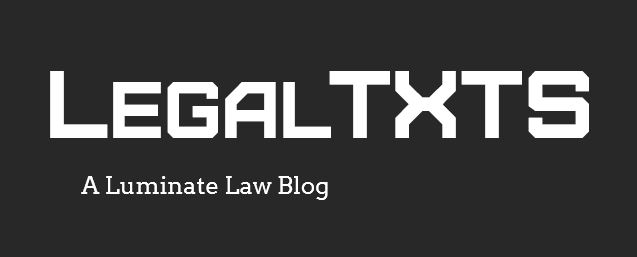Digital privacy versus national security. That’s how scores of articles have framed the controversy over Apple Inc.’s refusal to cooperate with the FBI in bypassing the security features of an iPhone used by Syed Farook, one of the deceased shooters in the San Bernardino terrorist attack. Largely overlooked is the fact that Farook’s employer could’ve prevented the whole controversy had it installed common software on the phone.
Syed worked for the County of San Bernardino as a health inspector. The county issued the iPhone in question to Farook to help him do his job. Farook signed an agreement giving the county the right to search the contents of the phone, but the county did not take measures to ensure its could enforce that right. Employers who allow their employees to use mobile devices for work typically install mobile device management (MDM) software on the device. MDM allows the employer to unlock a mobile device phone remotely, wipe the contents of the device, push software updates, and track the device’s location. According to an AP report, the county had a contract with a MDM provider, but it never installed the MDM software on Farook’s phone. The MDM service costs $4 per month per phone.
There are HR and IT lessons to be learned from this incident. One lesson is that employees should be required to grant their employers access to their mobile devices as a condition of using them for work-related purposes. Specifically, management should obtain an employee’s signed written agreement authorizing the company to access the contents of a mobile device that is connected to the company network. The County of San Bernardino did it at least obtain this kind of authorization.
A second lesson is that the right to access an mobile device is useless if you have no practical way of gaining access. This is where technology like MDM software is useful. Installation of MDM controls should be standard operating procedure in any Bring Your Own Device program. MDM software doesn’t have to be expensive either. Popular email server platforms like Microsoft Exchange have MDM controls built in. For more robust functionality, consider investing in specialized MDM solutions.
It shouldn’t take the prospect of a terrorist attack to highlight the importance of taking these lessons seriously.



